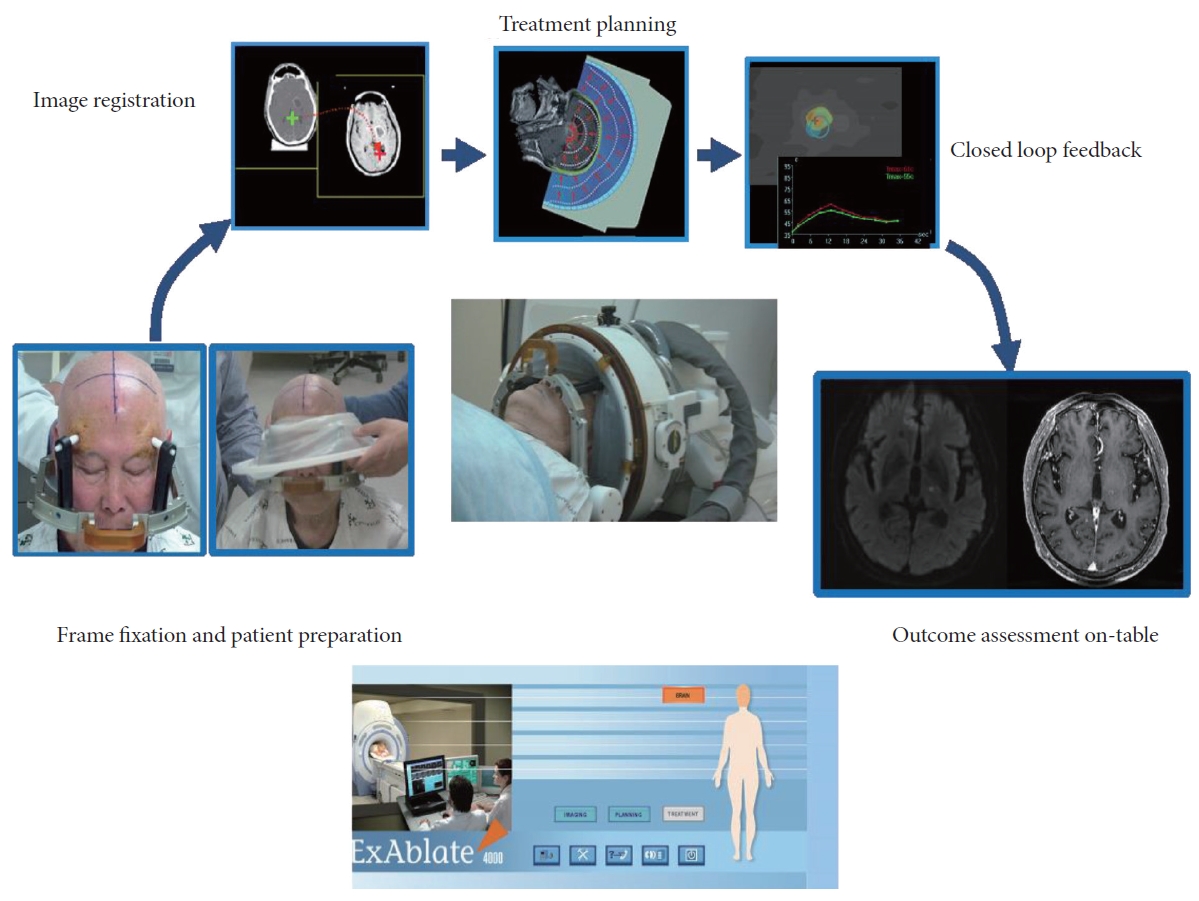 |
 |
- Search
| Psychiatry Investig > Volume 20(11); 2023 > Article |
|
Abstract
Objective
Methods
Results
Notes
Availability of Data and Material
The datasets generated or analyzed during the study are available from the corresponding author on reasonable request.
Conflicts of Interest
The authors have no potential conflicts of interest to disclose.
Author Contributions
Conceptualization: Chan-Hyung Kim. Data curation: all authors. Formal analysis: all authors. Methodology: all authors. Project administration: Chan-Hyung Kim. Resources: Chan-Hyung Kim. Software: Jhin Goo Chang. Supervision: Chan-Hyung Kim. Validation: Jhin Goo Chang. Visualization: Jhin Goo Chang. Writing—original draft: Jhin Goo Chang. Writing—review & editing: all authors.
Funding Statement
This research was supported by a grant of the Korea Health Technology R&D Project through the Korea Health Industry Development Institute (KHIDI), funded by the Ministry of Health & Welfare, Republic of Korea (HI22C0520). This work was supported by the National Research Foundation of Korea (NRF) grant funded by the Korea government (2021M3E5D9025022). The funding source did not give any influences on the study design, data collection, analysis and interpretation of data, the writing of the report, and the decision to submit the paper for publication.
Figure 1.

Table 1.
| Study | Lesion methods | Research designs | Number of patients | Time of FU (months) | Summary of results | Surgical adverse events (N) |
|---|---|---|---|---|---|---|
| Kim et al. [35] | Focused ultra sound | Single arm | 11 | 24 months | At 12 months, 6 (54.5%) patients were responders (≥35% reduction in Y-BOCS) and 3 (27.3%) patients were partial responders (25%-35% reduction in Y-BOCS) | Insufficient heating for creating bilateral lesions (1) |
| Prospective | At 24 months, 6 patients were responders, 2 (18.1%) were partial responders, and 1 had achieved full remission | |||||
| Davidson et al. [36] | Focused ultrasound | Single arm | 6 (total was 12 participants; 6 had MDD without OCD) | 6-12 months | 4/6 OCD met criteria for treatment response at last follow-up (≥35% reduction in Y-BOCS) | Insufficient heating for creating bilateral lesions (1) |
| Prospective | The mean Y-BOCS among all OCD patients decreased from 33.0 (±7.6) to 22.0 (±8.9) at the last follow-up | |||||
| Satzer et al. [33] | LITT | Retrospective case series | 18 (1 patient received a prior DBS) | 3-51 months | 11 patients (61%) were responders Y-BOCS improved over time | Small hemorrhage without focal neurological deficit (1) and reoperation (1) |
| McLaughlin et al. [34] | LITT | Retrospective case series | 9 (3 had received prior gamma knife ventral capsulotomy, which was proven to be ineffective) | 6-24 months | A total of 7 of the 9 patients were considered full responders (77.8%; Y-BOCS ≥35%) | Small hemorrhage without focal neurological deficit (1) and death after a drug overdose 7 months post-surgery (1) |
Table 2.
| Suggested indication criteria | ||
|---|---|---|
| Severity | Severe OC symptoms (Y-BOCS score >28) | |
| Chronicity | Symptoms of OCD with psychosocial impairment for at least 5 years | |
| Treatment resistant | Unresponsive to each of the subsequent pharmacological and psychological treatments | |
| More than 2 serotonin reuptake inhibitors | ||
| ≥2 augmentation strategies, such as the use of antipsychotic drugs (typical or atypical) or clomipramine, with adequate duration and dose | ||
| ≥20 h of OCD-specific Behavioral Therapy (i.e., ERP). Participation for shorter times may be permitted if nonadherence is due to symptom severity rather than to noncompliance | ||
| Outcome criteria [47] | ||
| Response | Y-BOCS reduction ≥35% relative to the baseline score+CGI-I 1 (very much improved) or 2 (much improved) | |
| Partial response | Y-BOCS reduction 25%-35%+CGI-I ≥3 (minimally improved) | |
| Remission | Y-BOCS ≤12+CGI-S 1 (normal, not at all ill) or 2 (borderline mentally ill) ≥1 week | |
| Suggested symptoms and adverse effects should be checked before and after the surgery | ||
| Depression | HAM-D [48] | |
| Anxiety | HAM-A [49] | |
| Frontal lobe function | Neuropsychological tests (assess baseline intellectual function, change in broad range of cognitive domains, as well as change in behaviors subserved by the frontal lobe [e.g., apathy, disinhibition, and executive dysfunction]) | |
| Frontal Systems Behavior Scale (self-report version) [50] | ||
| Weight gain | Regular weight check | |
| Suicide ideation | Columbia-Suicide Severity Rating Scale (C-SSRS) [51] | |
| Quality of life | WHQOL [52] | |
OCD, obsessive-compulsive disorder; Y-BOCS, Yale-Brown Obsessive Compulsive Scale; ERP, exposure and response prevention; CGI-I, Clinical global impression-improvement; CGI-S, Clinical global impression-severity; HAM-D, Hamilton Depression Scale; HAM-A, Hamilton Anxiety Scale; WHQOL, The World Health Organization Quality of Life assessment
REFERENCES
-
METRICS

-
- 0 Crossref
- Scopus
- 1,209 View
- 40 Download
-
Thought-Action Fusion as Predictors of Obsessive-Compulsive Symptom Dimensions2020 December;17(12)
The Impact of General Medical Conditions in Obsessive-Compulsive Disorder2018 March;15(3)






